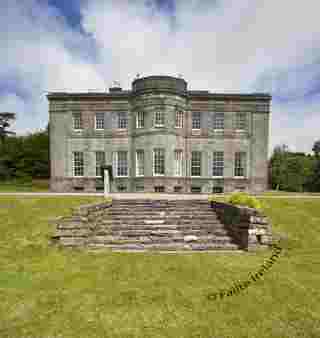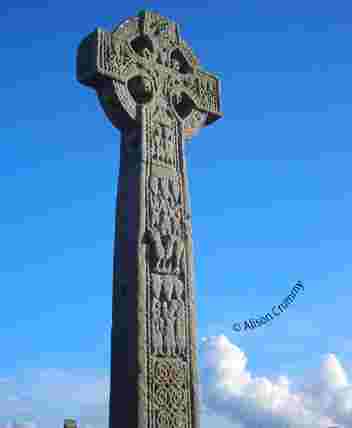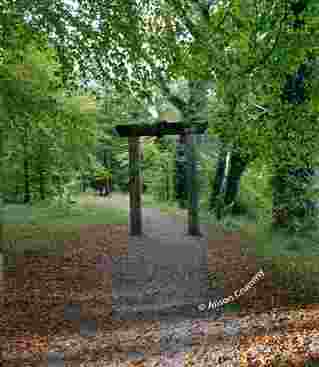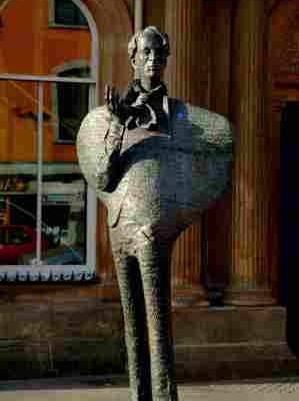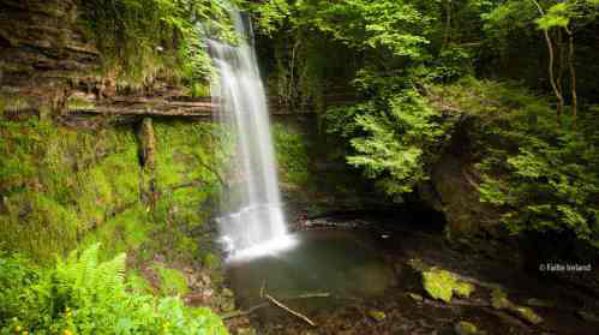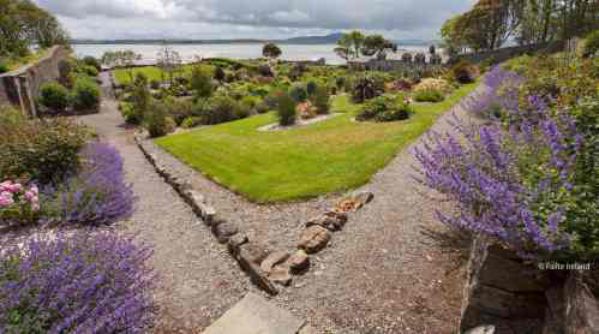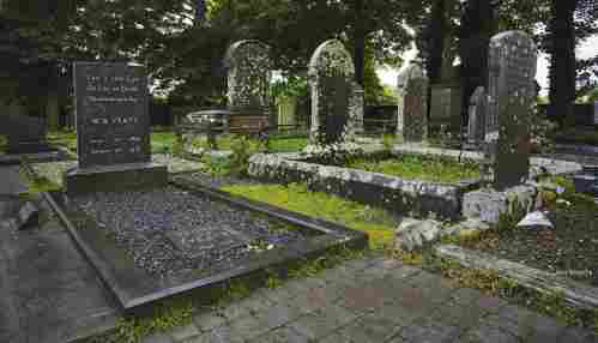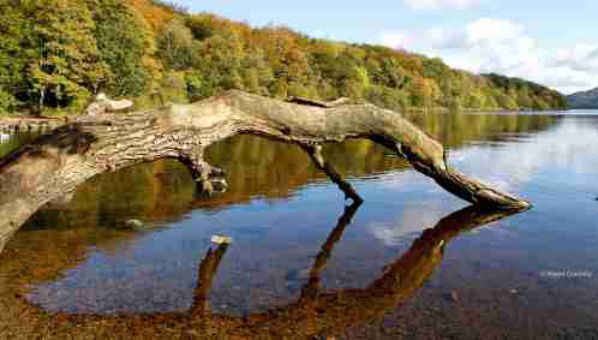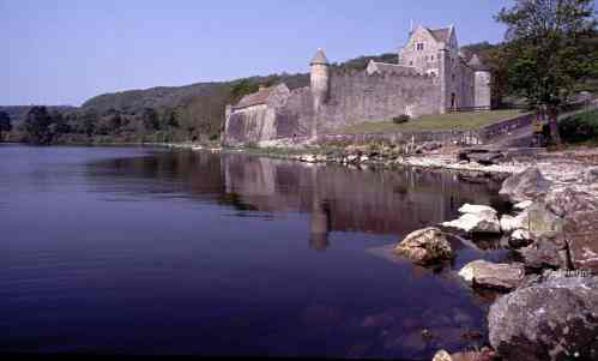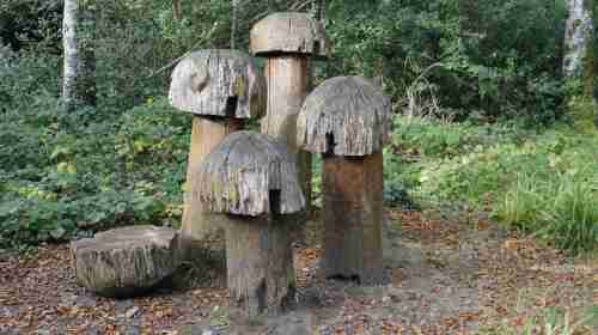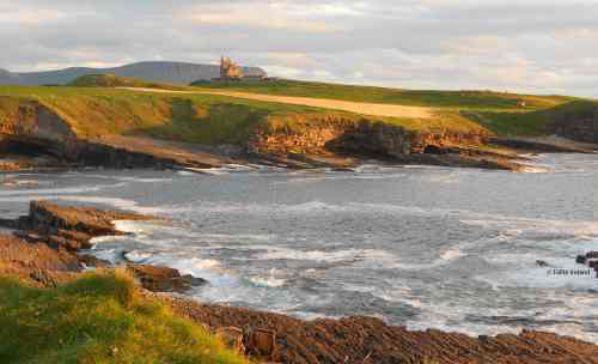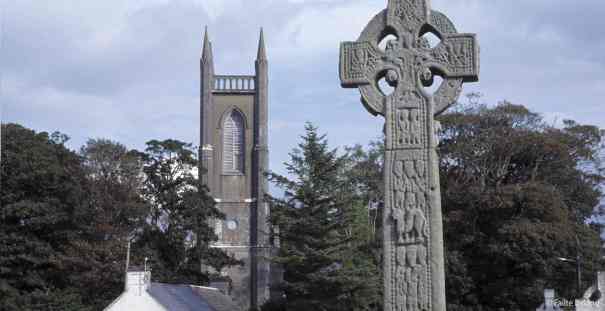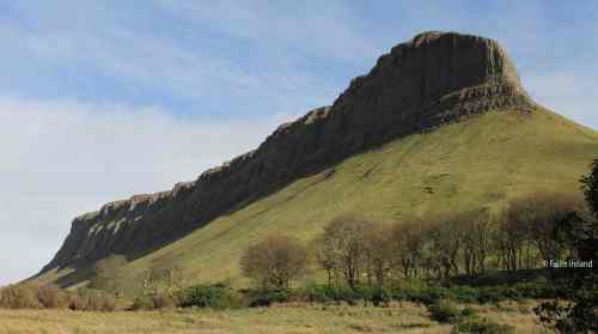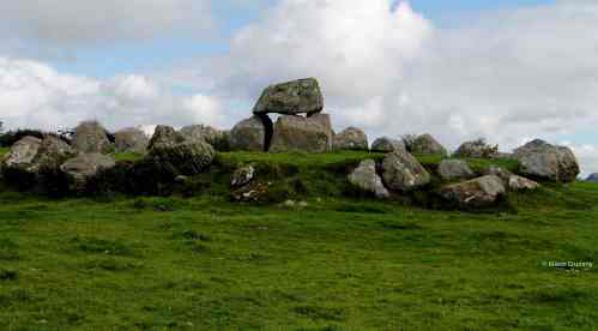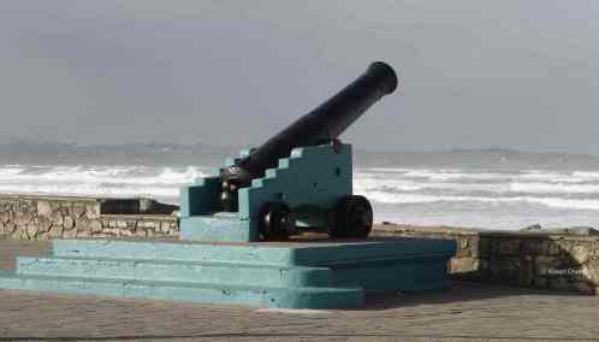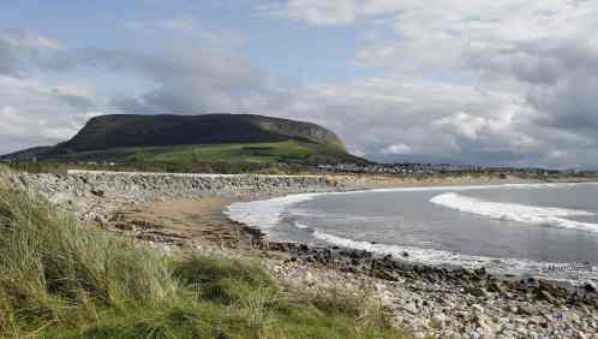Popular Tours of Sligo
With intimate knowledge of this beautiful part of the Wild Atlantic Way, we will arrange a tour to suit whatever group size, special interests and budget you have. Get in touch and we will arrange the perfect tour for you.
W.B. Yeats Tour
We begin the day with a trip to Rosses Point where the historic Elsinore House is situated. Now in ruins, this was the house that Yeats spent many childhood summers in. The surrounding area provided the inspiration for many of his early works. Following this we visit the final resting place of Yeats in Drumcliffe. Situated against the beautiful backdrop of Benbulben mountain, this is not to be missed.
Afterwards, we have an optional visit to Lissadell House. This neo-classical Greek revivalist style country house was the famous childhood home of Countess Markievicz and her sister Eva Gore-Booth. Yeats was friendly with the Gore-Booth sisters and spent some time here in 1892 and 1893. The house and area feature in some of his work. A tour of the house can be organised.
Next we visit the stunning 50ft high Glencar Waterfall which served as the inspiration for Yeats’ poem ‘The Stolen Child’. Enjoy some food in the local café and hear the old Irish folk tales of the faeries that inhabited the area.
Following this we visit the ancient Hazelwood forest on the shore of Lough Gill which provides the setting for Yeats’ poem ‘The Song of Wandering Aengus’. Enjoy the wooden sculptures created by local artists as you walk the trail through the woods. Bring some bread with you if you would like to feed the local swans!
Staying along Lough Gill we then visit the tranquil Lake Isle of Innisfree. Discover for yourself the inspiration behind one of Yeats’ most famous works.
Round off the day with a trip to Dooney Rock, featured in the title of Yeats’ poem ‘The Fiddler of Dooney’. Take a peaceful walk along the nature trail, learning about the local flora and fauna and enjoying the spectacular views of Lough Gill from the summit of the trail.
Lough Gill Tour
To start the day, we visit the serene Tobernalt Holy Well, originally a pagan meeting place dating back to the 5th century. Learn about the varied history of the well, including its use as a place of refuge during the penal times in Ireland and the current annual pilgrimage.
Continue to explore the nature trail at Dooney Rock on the edge of Lough Gill. Take the short hike to the summit of the trail to experience the breath-taking views of the lake and its islands.
On the South coast of Lough Gill, we view the beautiful Lake Isle of Innisfree. Here we learn what inspired Yeats’ to pen what many consider to be his greatest work.
We then take a trip to Parke’s Castle on the shores of Lough Gill. Guided tours can be arranged of this restored plantation castle from the 17th century. Also, a cruise of Lough Gill can be arranged from here onboard a waterbus. Hear tales of the local folklore and recitals of poetry as you cruise around the lake.
A trip to the half moon bay in Hazelwood rounds off the day. Follow the trail around the exquisitely lush forest, taking in the views of the lake, meet the local duck and swan population and viewing the wooden sculptures created by Irish artists.
North Sligo Tour
Begin the day by visiting the final resting place of W.B. Yeats and enjoy a cup of tea in the on-site cafe. The grave is situated against the magnificent Benbulbin mountain.
We then have an optional visit to, and tour of, the historic Lissadell house. This neo-classical Greek revivalist style country house was the famous childhood home of Countess Markievicz and her sister Eva Gore-Booth. Countess Markievicz was a prominent figure in the Irish Rising and was the second woman in the world to hold a cabinet position.
Moving further north we visit one of the most stunning areas in Sligo. Jutting out from the coast, Mullaghmore is a dramatic peninsula which boasts some of the most stunning coastal views in Ireland and is one of the signature viewpoints of the Wild Atlantic Way. View the wild waves of the Atlantic Ocean from the highest viewing point, Mullaghmore head.
Next up is a visit to the north Sligo full-court tomb. Among the foothills of the Tievebaun Mountain lies the neolithic court tomb Creevykeel. Dating back to 4000-2500BC, the oval court of the tomb is among the largest remaining in Ireland.
Following this we visit the magnificent Gleniff Horseshoe. Shaped over centuries by a glacier and surrounded by spectacular views of the mountains, the Gleniff Horseshoe is not to be missed. Learn about the myths and legend enveloping the area while enjoying the breath-taking views.
We finish the day with a relaxing visit to Glencar Waterfall. Enjoy the cacophonous sound of the water as it tumbles down the mountain, pounding the rocks below.
Wild Atlantic Way Tours
We provide personalised, bespoke tours of the Wild Atlantic Way in Sligo. Get in touch and we can tailor a tour for you. High on our list would be a visit to Strandhill beach. Sculpted over millennia, the beach offers magnificently scenic coastal views. Enjoy a walk along the beach as the wild waves of the Atlantic Ocean crash against the shore.
Take a moderate hike to the top of the historic Knocknarea mountain and visit the cairn over the grave of Queen Medb (Meadhbh) of Connaught. From the top of the mountain, experience the picturesque views of Strandhill, Culleenamore and Rosses Point beaches, along with rugged green fields as far as the eye can see.
Enjoy a guided tour of Ireland’s largest megalithic cemetery. Explore the ancient passage tombs and portal dolmens at Carrowmore while learning about the history of the site.
Visit the small fishing village of Mullaghmore for a leisurely stroll along the beach or relax with a coffee and watch the waves crash beneath Classiebawn Castle. Savour the stunning views offered by this dramatic landscape from the highest point in the area, Mullaghmore Head.
These are just some of the options available on our tailored tours, get in touch and we can organise one for your group.
